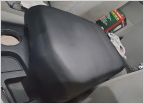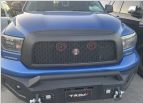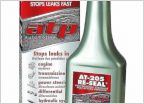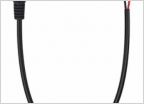-
Welcome to Tundras.com!
You are currently viewing as a guest! To get full-access, you need to register for a FREE account.
As a registered member, you’ll be able to:- Participate in all Tundra discussion topics
- Transfer over your build thread from a different forum to this one
- Communicate privately with other Tundra owners from around the world
- Post your own photos in our Members Gallery
- Access all special features of the site
Catalytic Converter Issue
Discussion in '2nd Gen Tundras (2007-2013)' started by Tundra196, Mar 4, 2020.


 Center Console Padding
Center Console Padding Know where I can buy this grill?
Know where I can buy this grill? Firmer shifts after pan drain and fill
Firmer shifts after pan drain and fill Is an engine reseal worth it?
Is an engine reseal worth it? Backup Camera
Backup Camera OMG! I Installed the Hewitt Technologies Gen-II Bypass
OMG! I Installed the Hewitt Technologies Gen-II Bypass














































































